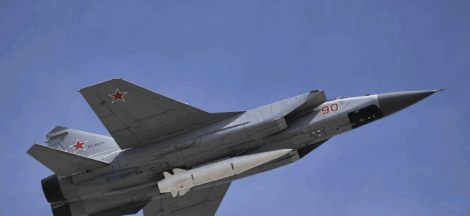At least 65 foreign terrorists from three distinct terror groups are currently operating in Jammu and Kashmir , security officials revealed on Wednesday. This alarming figure comes amid rising concerns over the increased infiltration of militants across the region, following a high-profile attack in Pahalgam. The assault, which targeted security forces, marked a significant shift in the focus of ongoing counter-terror operations, prompting enhanced security measures and strategic changes in military tactics.
The infiltration of militants from neighbouring Pakistan, particularly from groups like Lashkar-e-Taiba , Jaish-e-Mohammed , and Hizbul Mujahideen, has become a significant concern for the security apparatus. Intelligence reports indicate that these foreign terrorists, many of whom have undergone specialised training in Pakistan’s border areas, are believed to be operating in various districts across J&K, with particular concentrations in the southern and northern regions. Authorities fear that the increasing number of foreign operatives could complicate efforts to maintain stability in a region already grappling with a history of insurgency and violence.
One of the most striking aspects of the current security situation is the sophistication and scale of the infiltration attempts. According to intelligence officials, there has been a marked rise in the number of militants infiltrating from across the Line of Control and the International Border , regions known for their porous nature. Security forces have reported a significant increase in cross-border firing, which has made it more difficult to intercept these infiltrations before they reach populated areas.
The aftermath of the Pahalgam attack has triggered a reassessment of counter-terror tactics in the region. The attack, which was carried out in broad daylight, saw terrorists ambush a convoy of security forces, resulting in several casualties. While no militant group claimed responsibility, experts suspect that the attack was orchestrated by the LeT, given the group’s long-standing presence in the region. This brazen strike has underscored the evolving methods of the militants, who are now using increasingly aggressive tactics to challenge security forces.
In response, counter-terrorism operations have been intensified across key infiltration routes, with a particular emphasis on increasing surveillance and enhancing interception capabilities. The Indian Army and paramilitary forces have been deploying advanced technology, such as drones and surveillance systems, to track movements along the LoC and IB. In addition to aerial surveillance, there has been a push for more ground operations to engage terrorists who manage to bypass initial border security measures.
Despite these efforts, the continued infiltration of foreign militants highlights the challenges faced by security forces in combating cross-border terrorism. Security experts suggest that militant groups are increasingly relying on smuggling routes and the backing of local networks to facilitate the movement of weapons and operatives into the region. This strategy has proven effective, given the difficult terrain and the presence of several pro-Pakistani sympathisers within the region.
Authorities are also grappling with the growing presence of homegrown militants, many of whom are thought to be radicalised by foreign operatives. While the focus remains on eliminating the foreign threat, experts emphasise the importance of addressing the local component of the insurgency. Local militants, often recruited through social media or indoctrination in religious institutions, play a pivotal role in supporting the activities of foreign terrorists, particularly in providing logistical support and facilitating attacks.
The situation has been exacerbated by the strategic importance of Jammu and Kashmir in the geopolitical landscape. The region’s proximity to the Pakistan border and its central role in India’s national security strategy make it a prime target for external interference. As a result, the security forces are facing a multifaceted challenge: combating both foreign-backed insurgents and internal radical elements while trying to maintain the support of the local population.
In an effort to counter the influence of foreign militants, the Indian government has been working to strengthen its intelligence-sharing networks with international agencies, including the United States and countries within the European Union. These collaborations are focused on intercepting financial and logistical support to terrorist groups operating in the region, with particular attention given to cutting off the flow of arms and funds from across the border.
Meanwhile, the humanitarian situation in J&K remains a growing concern. While security forces continue to target terrorist networks, civilians have borne the brunt of the violence, with both militants and security personnel accused of infringing on the rights of ordinary citizens. Locals have reported an increase in security checkpoints, curfews, and restrictions on movement, further complicating the region’s already strained situation. Human rights groups have called for a more nuanced approach to counter-terror operations, suggesting that military measures must be balanced with efforts to rebuild trust and restore normalcy in the lives of the people.




 Experts Call For New Set Of Policies For Manufacturing Revival
Experts Call For New Set Of Policies For Manufacturing Revival 